From ancient civilizations to modern runways, the history of fashion and clothing is a fascinating tapestry woven with surprising threads. Exploring beyond trends and styles, delve into the intriguing origins and cultural shifts that have shaped our wardrobe choices through the ages.
Ancient Egypt’s Fashion Innovations
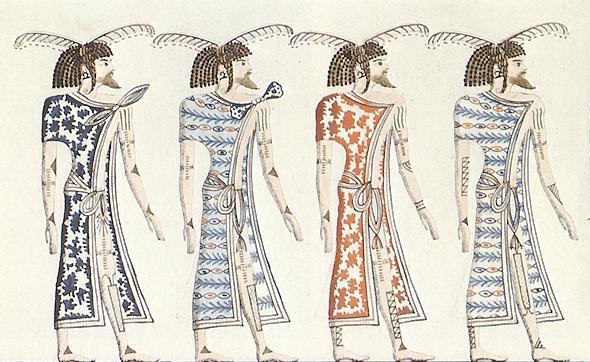
Ancient Egyptians were pioneers in fashion, using linen for clothing that was both comfortable and symbolically significant. Their mastery of dyes and weaving techniques set the stage for future textile innovations.
Roman Togas as Social Status Symbols

In ancient Rome, the toga wasn’t just a garment but a symbol of social status and citizenship. The intricate draping and styles of togas reflected one’s rank and role in society.
The Rise of Tailoring in Medieval Europe

During the Middle Ages, tailoring emerged as a skilled profession. Tailors crafted garments that were fitted and customized, marking a departure from the more simplistic clothing of earlier eras.
Corsets and Victorian Fashion
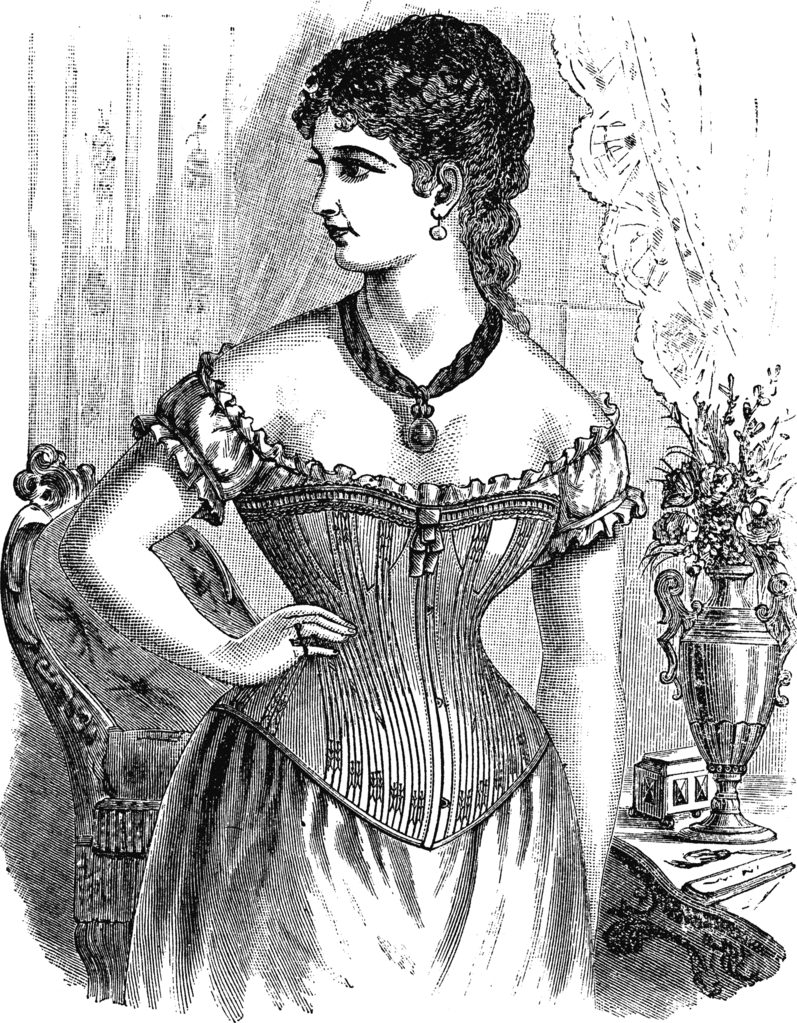
The Victorian era popularized the corset, a garment designed to shape and mold the body into an idealized silhouette. Despite controversies surrounding their health effects, corsets remained a staple of women’s fashion for decades.
The Influence of Military Uniforms

Military uniforms have had a significant impact on civilian fashion. Elements like epaulets, buttons, and tailored cuts found their way into everyday clothing, showcasing a blend of function and style.
The Invention of the Sewing Machine
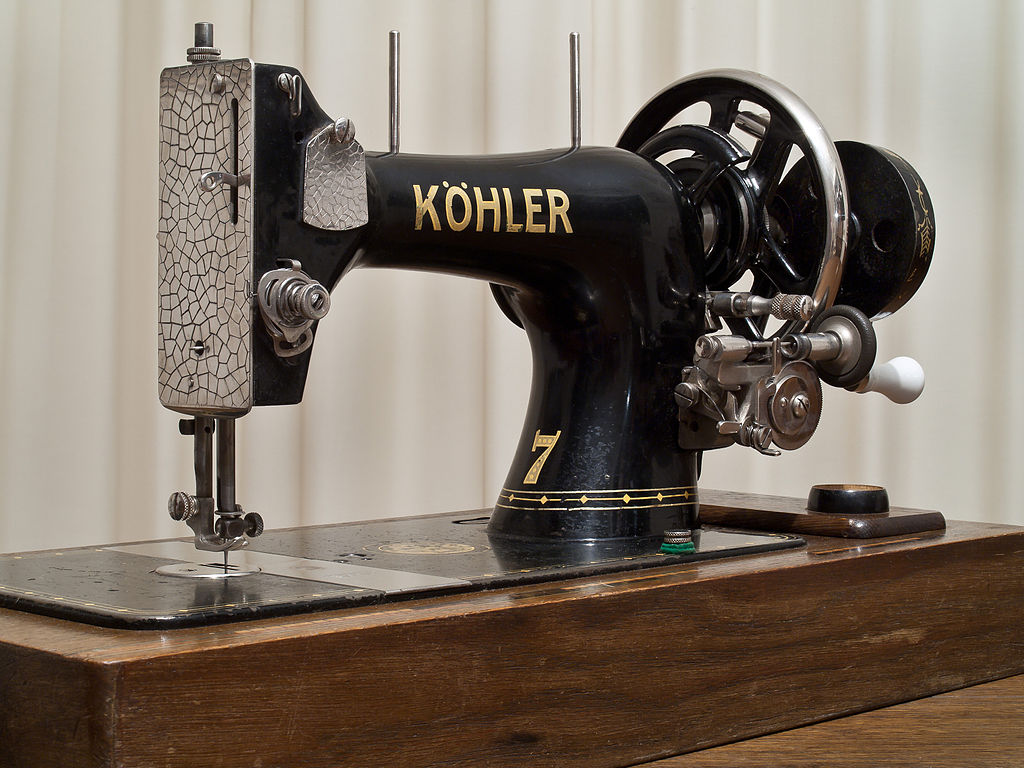
The Industrial Revolution brought about the invention of the sewing machine, revolutionizing clothing production. This innovation led to faster and more efficient manufacturing processes, making fashion more accessible to the masses.
Coco Chanel’s Little Black Dress
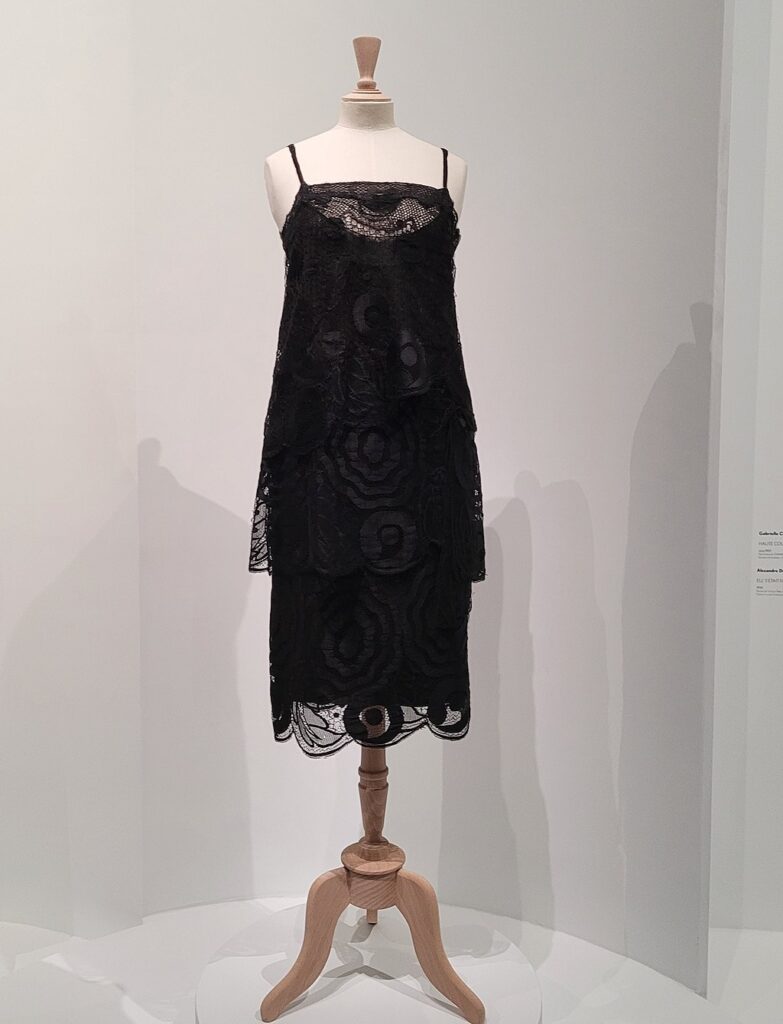
Coco Chanel’s creation of the little black dress in the 1920s revolutionized women’s fashion. Its simplicity and versatility made it a timeless wardrobe staple, symbolizing a shift towards modernity and elegance.
Denim’s Journey from Workwear to Fashion Icon

Originally worn as durable workwear by miners and laborers, denim evolved into a fashion symbol associated with rebellion and youth culture, thanks in part to brands like Levi’s.
The Influence of World Wars on Fashion
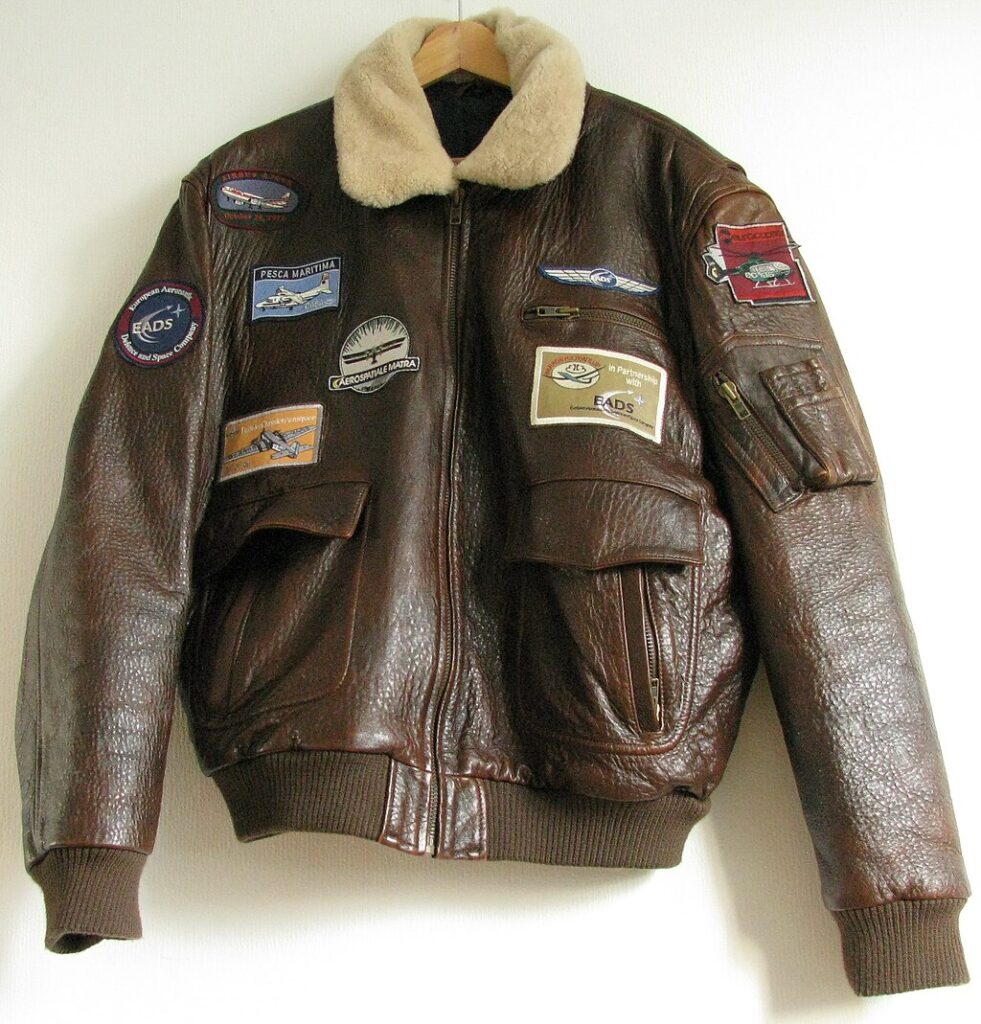
World Wars I and II had a profound impact on fashion. Rationing during wartime led to creative uses of materials, while military uniforms and practical clothing styles became influential in civilian wear.
The Birth of Haute Couture
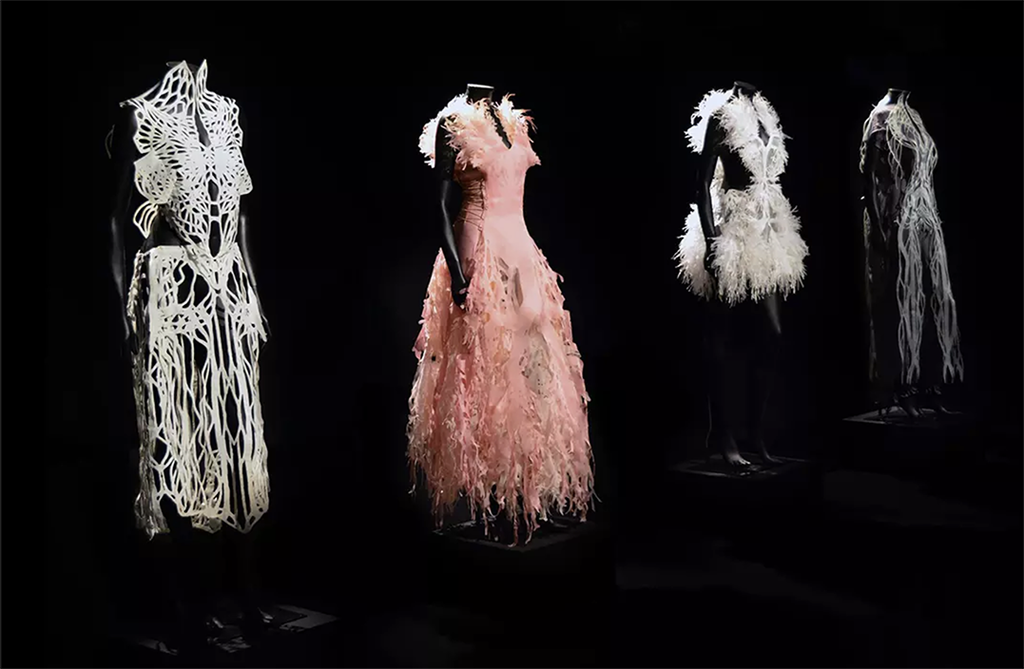
The concept of haute couture, or high fashion, emerged in 19th-century Paris. Couturiers like Charles Frederick Worth elevated clothing design to an art form, creating exclusive and custom-made garments for elite clients.
The Popularity of Synthetic Fabrics
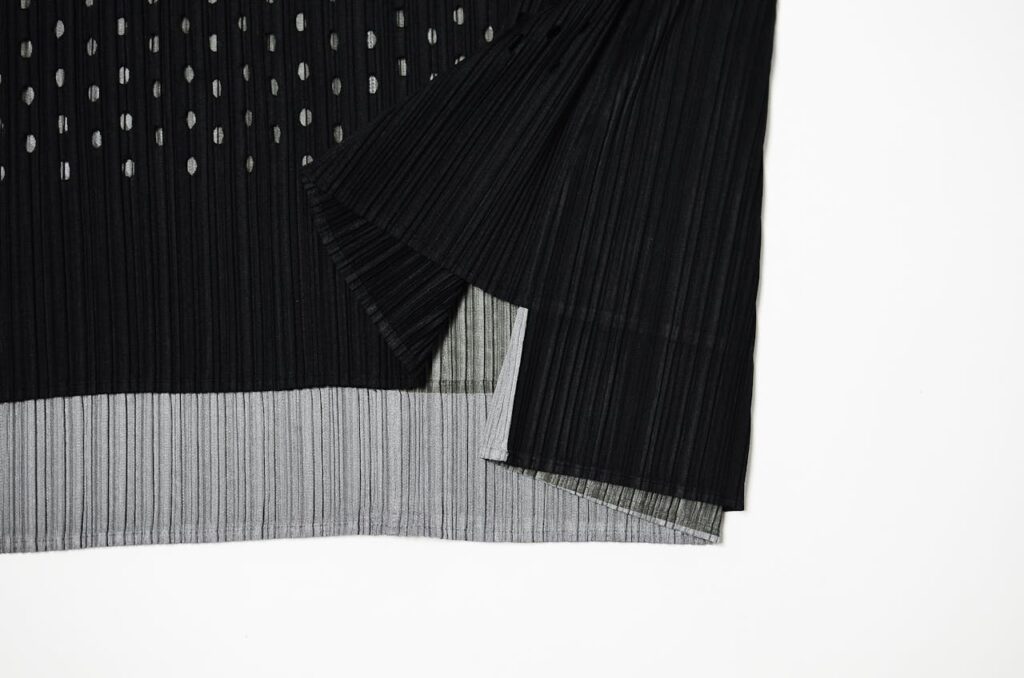
The mid-20th century saw the rise of synthetic fabrics like nylon and polyester. These materials offered durability, affordability, and versatility, revolutionizing the textile industry and influencing fashion trends.
The Mini Skirt’s Impact
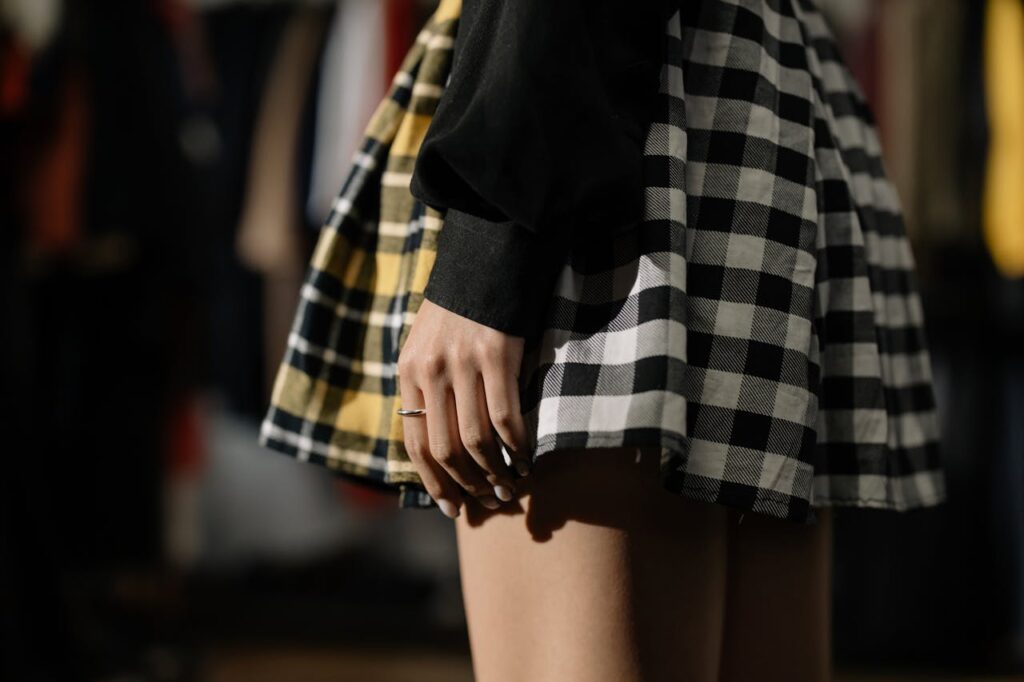
The introduction of the mini skirt in the 1960s by designers like Mary Quant marked a cultural shift towards youth-oriented, daring fashion. The mini skirt challenged traditional hemlines and became a symbol of liberation and empowerment.
The Influence of Streetwear Culture

Streetwear, characterized by its casual and urban aesthetic, gained prominence in the late 20th century. Brands like Adidas, Supreme, and Nike blurred the lines between sportswear and high fashion, shaping contemporary style trends.
Gender Fluidity in Fashion
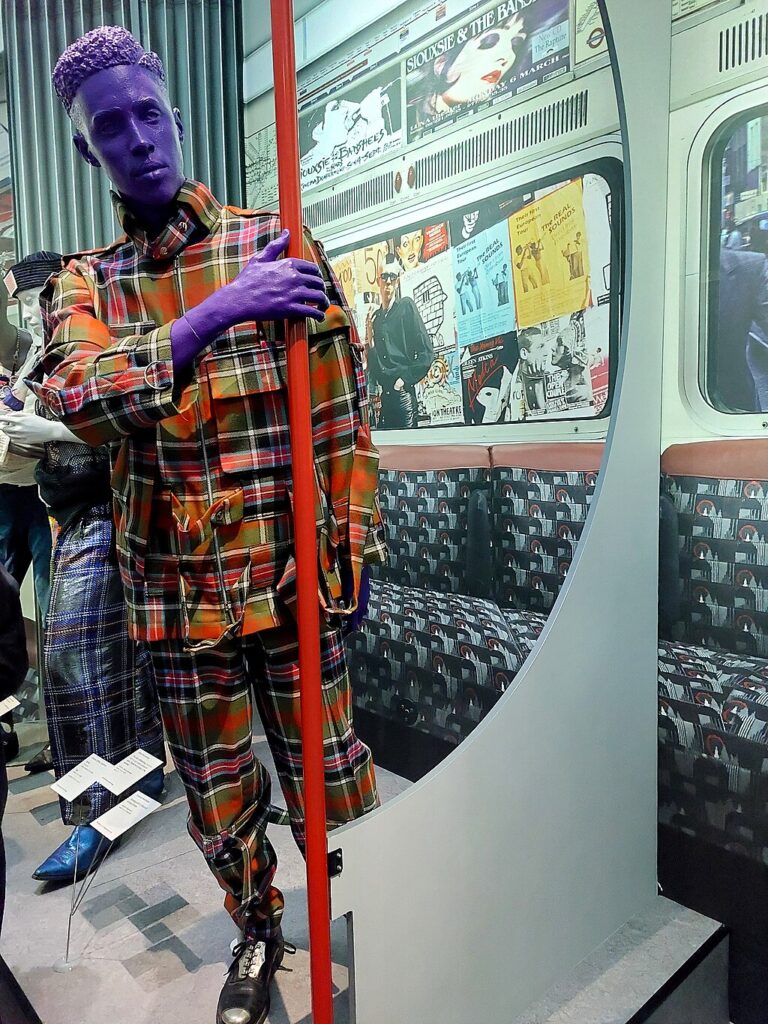
Modern fashion has embraced gender fluidity, challenging traditional notions of men’s and women’s clothing. Designers like Vivienne Westwood and Rick Owens have championed gender-neutral designs, promoting inclusivity and diversity.
Sustainable Fashion Movements
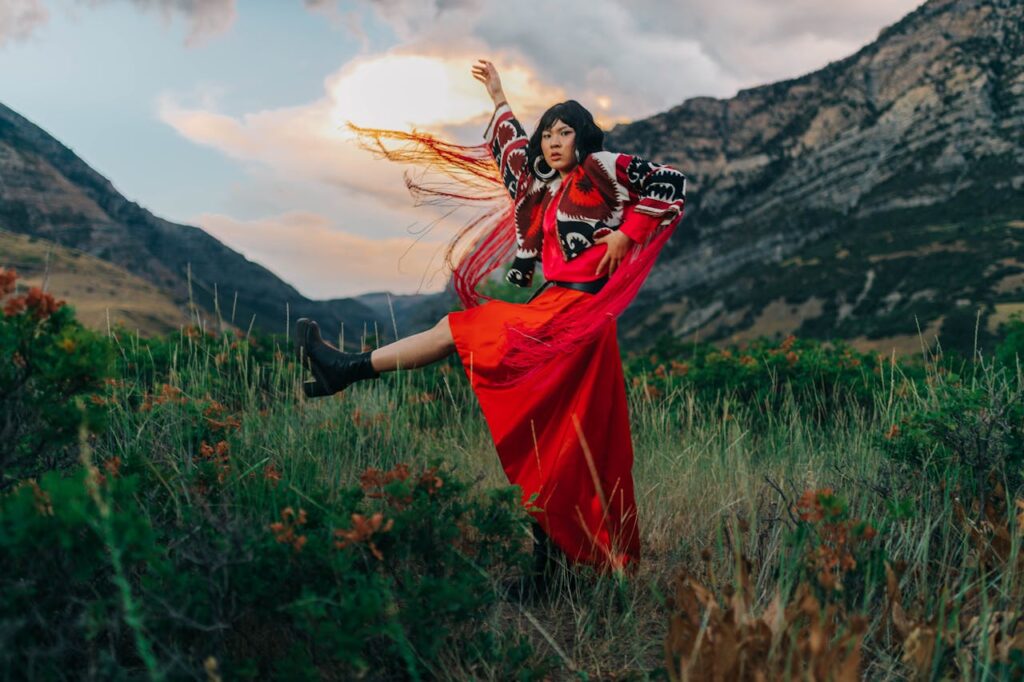
With growing environmental awareness, sustainable fashion movements have gained traction. Concepts like upcycling, ethical sourcing, and slow fashion prioritize eco-friendly practices and social responsibility in the industry.
The Influence of Celebrity Fashion
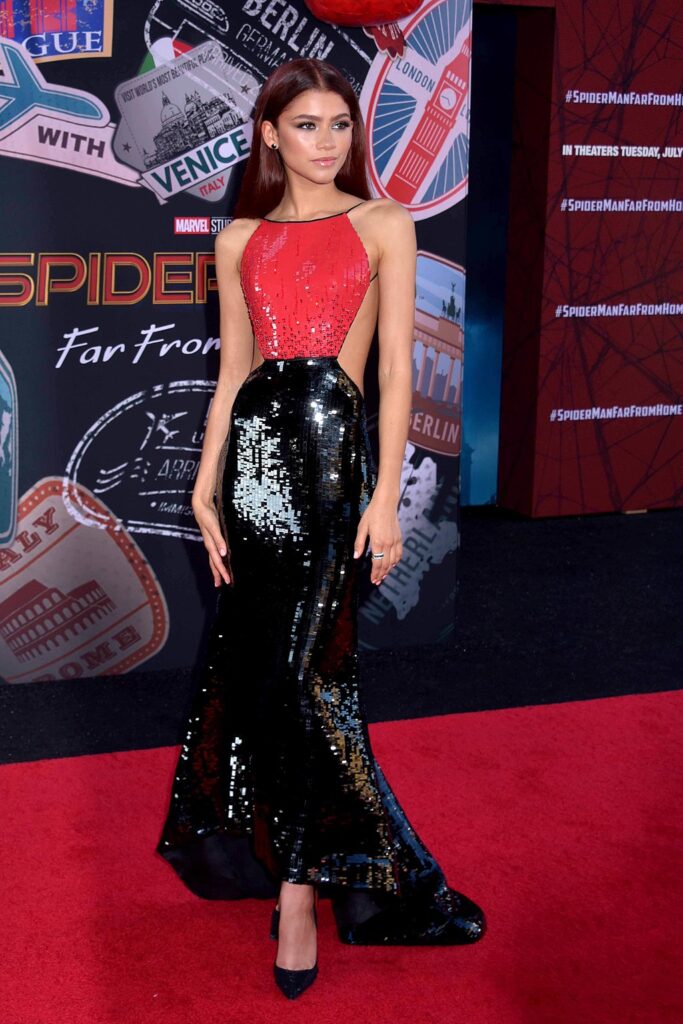
Celebrities and influencers have a significant impact on fashion trends. Red carpet appearances, social media posts, and collaborations with designers shape consumer preferences and drive fashion consumption.
The Evolution of Swimwear

Swimwear has evolved dramatically over time, from modest Victorian bathing costumes to the daring bikinis of the 20th century. Cultural shifts, technological advancements, and changing attitudes towards body image have influenced swimwear designs.
The Role of Fashion Weeks
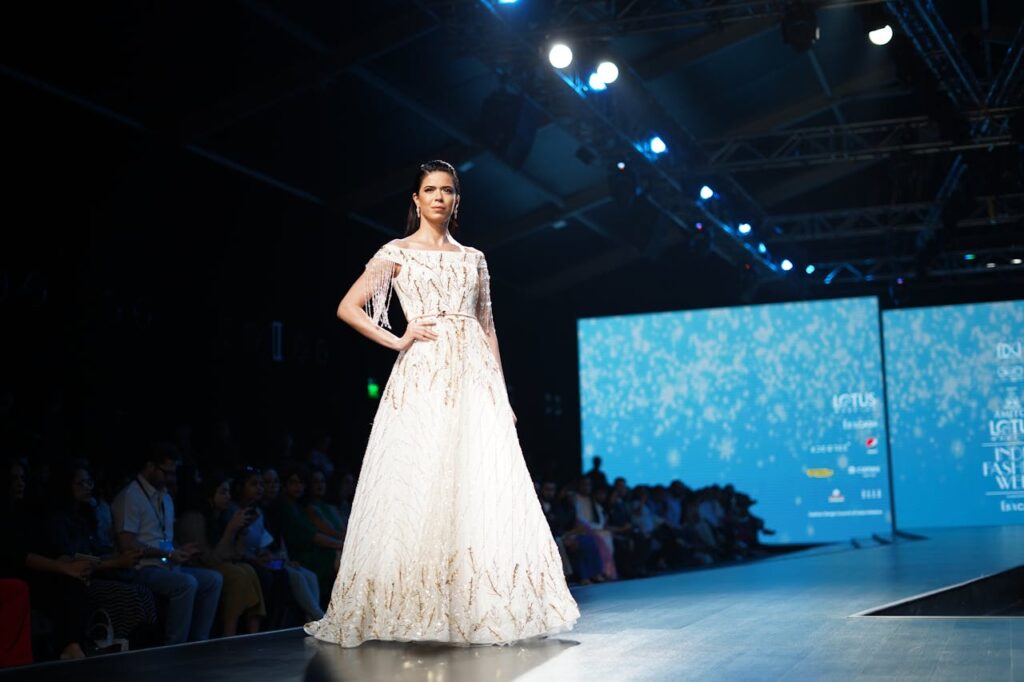
Fashion Weeks in cities like Paris, Milan, New York, and London showcase the latest trends and collections from top designers. These events not only drive the fashion industry but also serve as platforms for creativity and innovation.
Globalization’s Impact on Fashion

Globalization has made fashion a truly international phenomenon. Cross-cultural exchanges, fast fashion retail chains, and online shopping have transformed how people access and engage with fashion worldwide.
The Future of Fashion Tech

Technology is shaping the future of fashion, with innovations like wearable tech, 3D printing, and virtual fashion experiences. These advancements are revolutionizing design processes, sustainability practices, and consumer interactions within the industry.
This article originally appeared on UnifyCosmos.
More from UnifyCosmos
22 Skincare Myths Busted by Experts

This article debunks 22 common skincare myths, guided by expert insights. It aims to clarify misconceptions, from SPF usage to moisturization needs, providing readers with scientifically backed advice for optimal skin health. Read more!
24 Disappointing Gadgets That Weren`t Worth Buying

In the article “Overhyped Gadgets That Weren’t Worth the Price Tag,” we explore the realm of technology’s letdowns, focusing on products that generated excitement but failed to deliver. Read more!
20 Productivity-Boosting Gadgets for Remote Workers

This article delves into the tech accessories that are vital for remote workers, highlighting how they can enhance efficiency and comfort in home office setups. Read more!
Leave a Reply